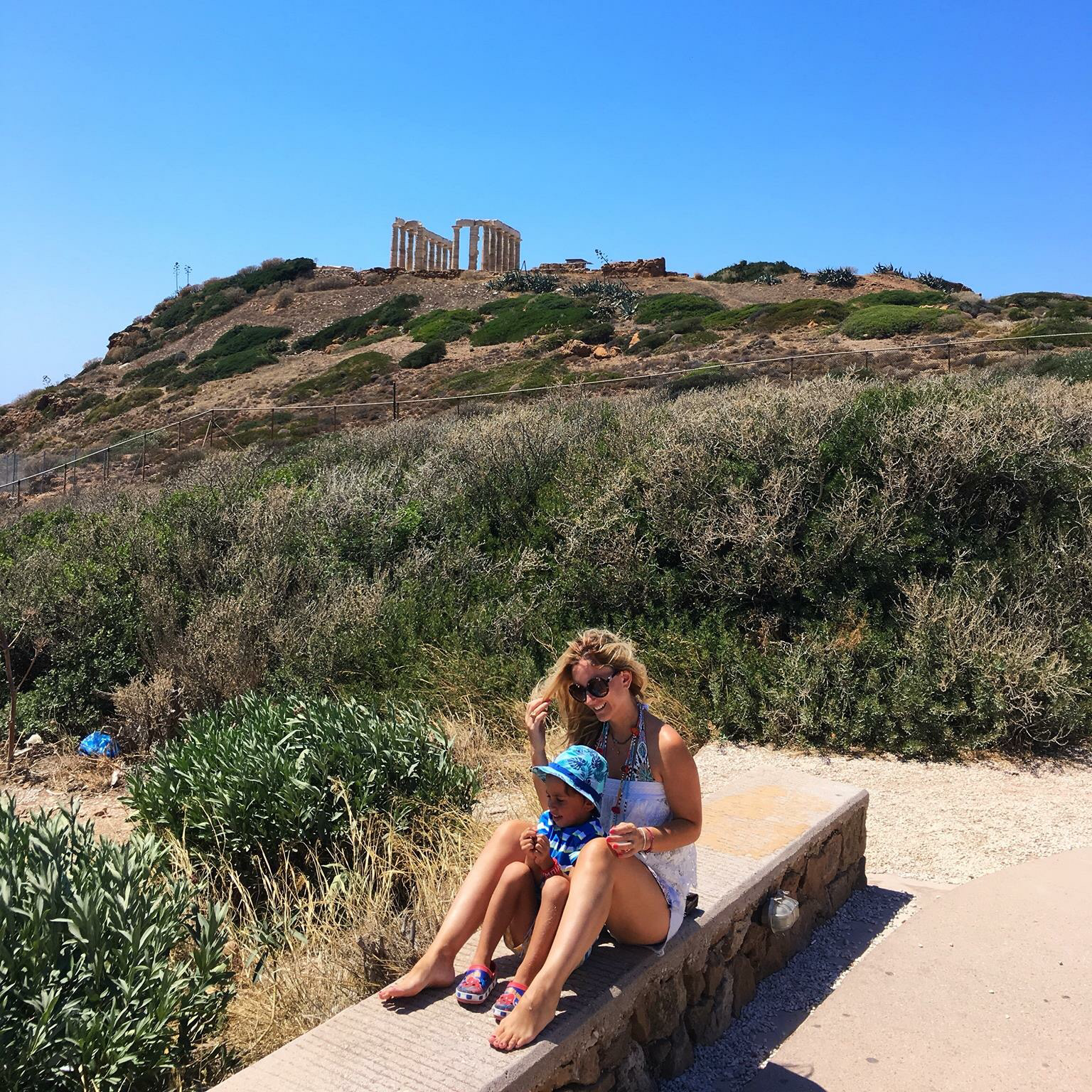di360 Ðecoding Digital Strategies Training#1 #Aland #Bank #CaseStudy
- Evthokia Varotsi

- Apr 24, 2018
- 3 min read
Updated: Jan 9, 2024
CASE STUDY: How to use digital Intelligence to position a bank as Responsible, Ambitious and Personal.
Making the way we pay save the sea. Aland bank calculates carbon footprint of every credit card purchase.
Case study summary
• Aland Bank created technology that calculates the true climate cost of a purchase. • Index technology allowed consumers see a digital environmental report with their credit card statement. • The campaign won a Grand Prix in the Cyber category during the 2017 Cannes Lions Festival.
The strategy
The company strategy was to position the bank as Responsible, Ambitious and Personal.
The solution
The idea to meet the desired strategy was to "Save the Baltic Sea". The ambition was to engage all clients of the bank to save the Baltic Sea from further deteriorate.
The storytelling
Consumption and the side effects of our life style is eating away on our planet. The Baltic Sea is no exception with eutrophication and toxins killing the sea and seabed off bit by bit. So in one of the most developed parts of the world we have one of the most polluted seas, but we also the highest usage of digital and card transactions. Finland is the most “cash less” country of the world. The ambition was to engage all clients of the bank to save the Baltic Sea from further deteriorate and create both funding and understanding to contribute to resolve the situation.
As most all consumption in the Nordics is enabled by a credit/debit card transaction the bank of Aland created the Aland Index showcasing the environmental impact of routine behaviour, enabling informed decisions. The Aland index, connected to the payment database, calculates the CO2 impact of every individual transaction per merchant category made with your credit card.
By using the index the database compiles a monthly report, your climate profile, and presents it along with your credit card bill in your mobile phone app or on your Internet Bank.
The calculation is based on the cost of carbon, as defined by the World Bank, pricing per kilogram, and converted to the corresponding cost in local currency. This is an automated process that: 1. Converts daily behaviour (transactions) to impact (Co2) 2. Measure impact in weight (kg) 3. Converts weight to cost (€/$) 4. Suggest offset (donations or by lifestyle) corresponding with individual result. Your monthly digital climate report does not only calculate your individual cost (problem) but also presents suggestion of local or global projects to support as well as inspiration on how to live more sustainable to balance your impact (solution).
How it works:

The secondary ambition was to inspire the whole industry by leading by example; enabling the competition to also engage their clients in doing the same; to build awareness and engage in fighting climate change or other environmental issues depending on geography.The campaign was created in partnership with Hill+Knowlton Strategies and RBK Communication.
The Aland Index connects cause and effect on a personal level and presents both the problem and the solution where it gets the most attention on a regular basis.
The results
A Grand Prix is given to one campaign per overall category and is the work that the jury selects as one of the most inspiring and impactful campaigns at the Festival. Åland Index now joins the list of 2017 Grand Prix winners.
The Cyber Lions recognize excellent campaigns driven by digital content. This is a very competitive category, each year bringing increased imagination and execution in each campaign that is submitted.

Comments